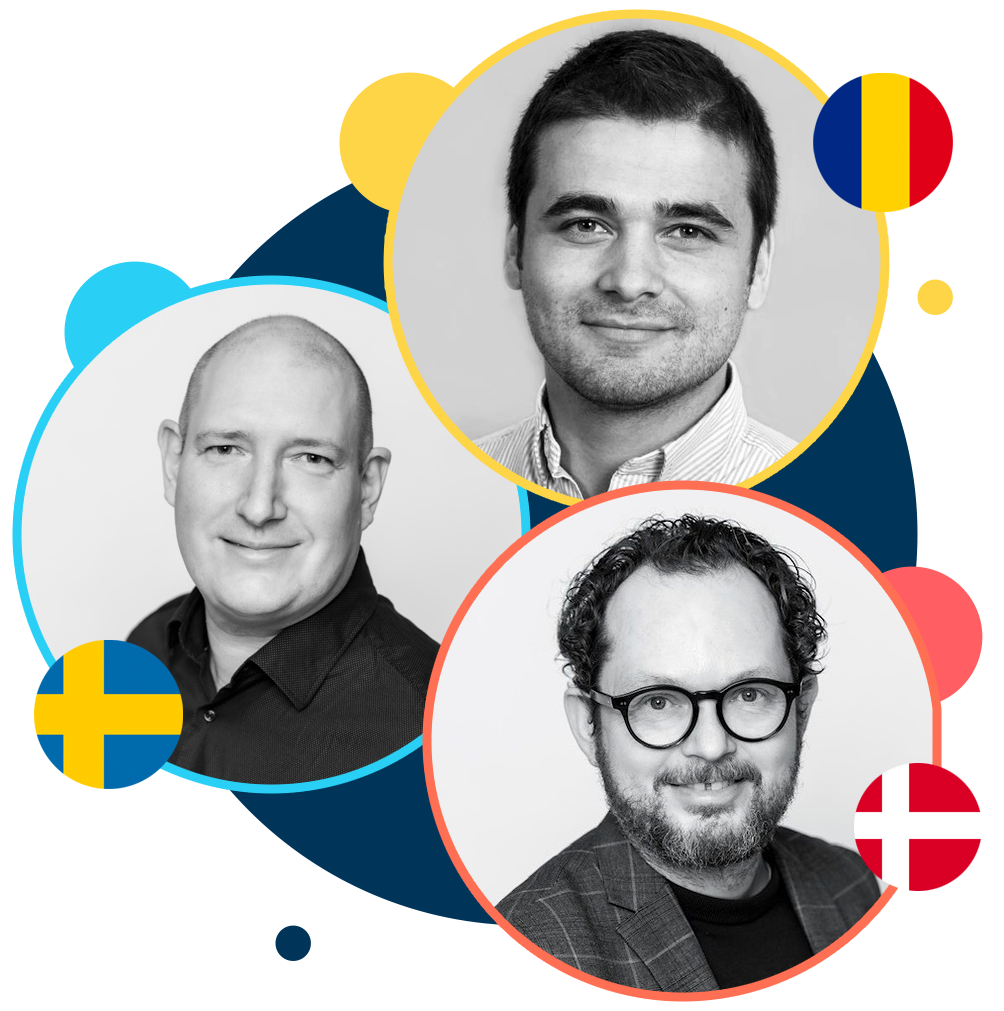These are the AI questions you should ask yourself

This article was first published on tu.no on October 11th 2023.
Since the arrival of generative AI in 2022, Computas has noticed a shift where an increasing number of businesses want to implement AI.
“You can say that AI has broken through a sound barrier in the last year, and it’s a train that’s moving incredibly fast. Almost everything I’ve worked on this year has revolved around AI,” says Morten Forfang, director of Cloud Technology and AI at Computas. He holds a Ph.D. in artificial intelligence and has extensive experience in the field.
“It’s particularly within natural language that there has been a complete shift, while the underlying AI theory hasn’t changed that much. AI itself is far from new, with its roots dating back to the 1950s.”
Raising competence
Computas has been involved with AI since 1985 and was the first Norwegian company to deliver IT systems that used applied artificial intelligence. Nevertheless, they have never experienced such a high demand from customers wanting to implement AI as they have in the past year.
“Many come to us with ambitions of using AI. Some may have been inspired by what AI could potentially be used for in an article or a YouTube video.”
Getting from there to actually addressing core issues is all about raising competence, according to Forfang.
“It’s a crucial point. Those who approach us often know their own business well but often lack concrete ideas about the problems they should actually try to solve to create business value. Therefore, it’s our job to narrow it down and make it concrete.”

What problem should we solve?
According to Forfang, many people get overly enthusiastic in the AI hype and skip the first and most crucial step.
“Yes, we can provide the solution, but why do you actually want it? What is the actual problem you want to solve? And how does it fit into your value chain? That’s an essential conversation to have,” he adds.
“The best and most user-oriented solutions arise when we’re involved right from the phase where we define the actual problem that needs to be solved”
In addition to giving presentations, talking to corporate assemblies and speaking with journalists, AI workshops are something that Forfang has spent the most time on over the past year.
“One of the things we offer is our AI Discovery Workshop. Here, we bring together those who have knowledge of technology and those who are well-acquainted with the business. The opportunity lies at the intersection of technology and business.”
The workshop can be conducted over a full or half day and can be customized based on desired focus areas, such as efficiency, automation, innovation, etc.
“The goal is to find ‘sweet spots,’ which vary for different businesses. For example, solutions for customer service, automation of case handling, or monitoring physical infrastructure using drones and AI image recognition for more efficient maintenance. After the workshop, we go through a report with the customer and discuss our recommendations for the steps the business should take in both the short and long term.”

Getting one’s house in order
What often becomes important work on the path to AI-based solutions is the effort to make relevant data accessible and quality assured.
“It’s important to have one’s house in order and have the data foundation in place. You must ensure that the data is fresh, of high quality, and relevant. This is not new in artificial intelligence or analysis work, and it’s just as important now as it was before. It’s something that some overlook but is crucial to succeed in the application of AI.”
Many workshop participants get an ‘aha moment’ when faced with these thought exercises.
“It even happens that, after an hour or two, they start to chuckle and realize that they might not need AI but a completely different type of solution. But if you have a good starting point, and we see potential to take one or more ideas further, many choose to move on to a kind of lab where a pilot or ‘proof of concept’ is built.”
It’s still quite a way from something that can be put into operation, and it varies what direction it takes after a pilot.
“Many turn it into a kind of project where you can identify several things, such as where the quality is too low. After this, you get a demonstrable, runnable solution and a clear risk profile. If it doesn’t work, the effort is wasted. But it doesn’t cost more than that.”
But if the pilot is successful, it either becomes a product development track, project track, or delivery.
“Some customers have enough expertise to do the development themselves, while others receive assistance and support from us. The last step is to establish learning loops that are integrated into the company’s processes to continuously improve the solution. It’s a natural part of innovation, to see how they manage to renew and streamline themselves,” he concludes.



